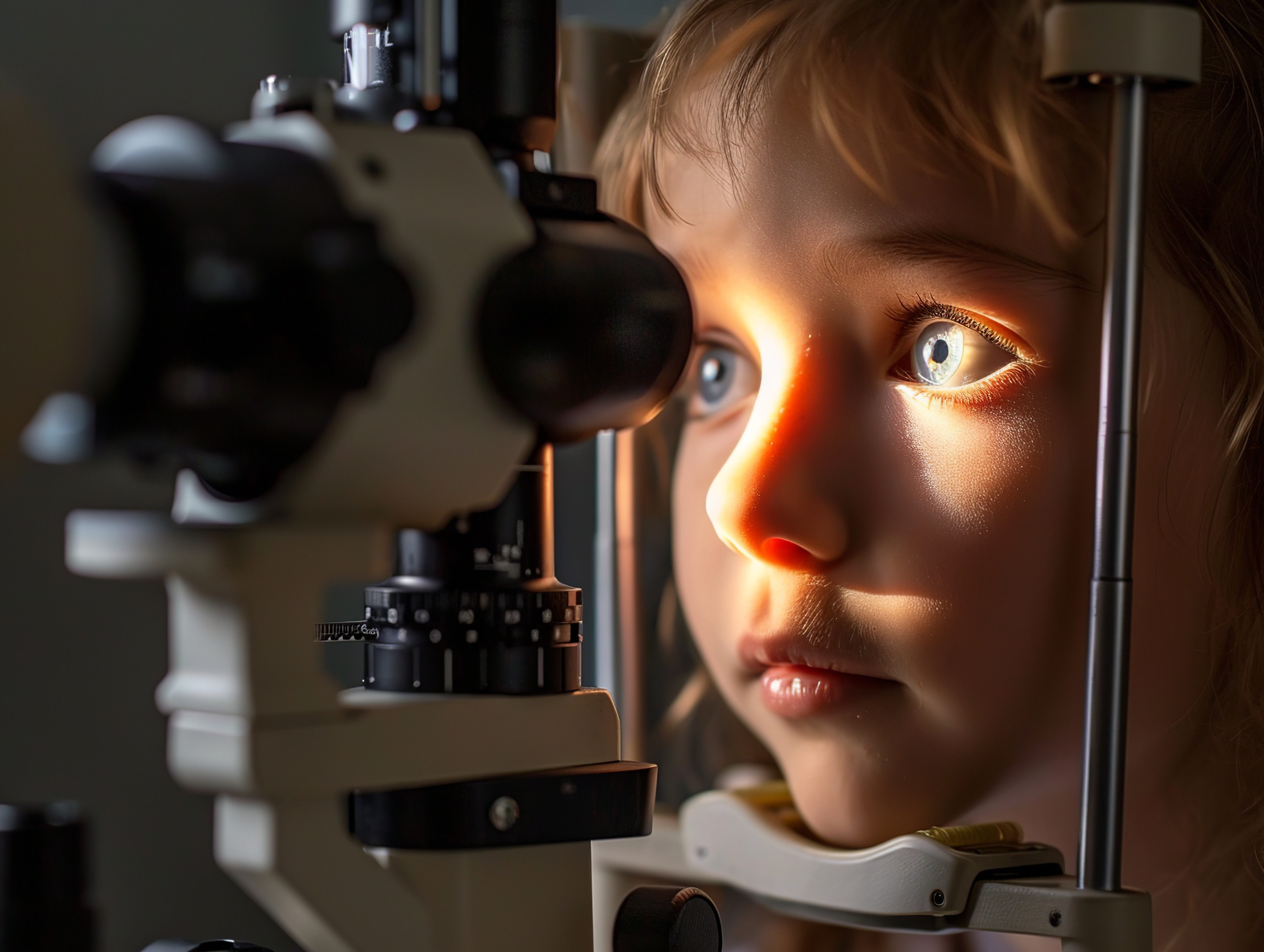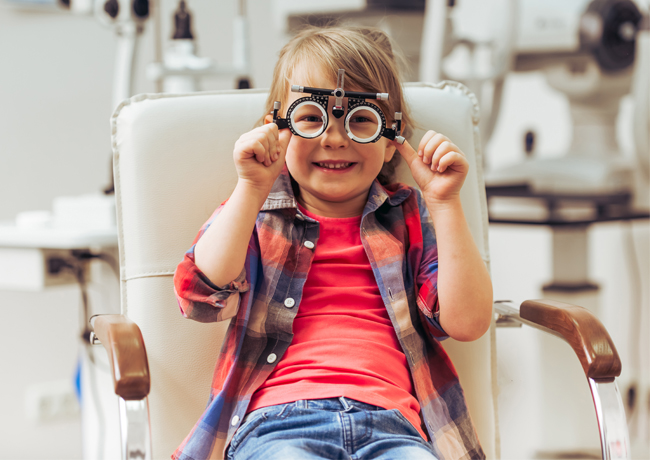Pediatric Ophthalmology
Schedule an Appointment
Call 713-668-6828
Comprehensive Eye Care for Children
At Houston Eye Associates, we understand the unique eye care needs of children. Our pediatric ophthalmologists and eye specialists are dedicated to providing comprehensive, compassionate, and cutting-edge care tailored to our youngest patients. We are committed to ensuring that every child receives the best possible eye care to support their vision development and overall health.
Why Choose Houston Eye Associates for Pediatric Eye Care?
Expert Pediatric Ophthalmologists
Our team consists of highly skilled pediatric ophthalmologists who specialize in diagnosing and treating a wide range of eye conditions in children. With extensive training and years of experience, our doctors are equipped to handle everything from routine eye exams to complex surgical procedures.
Child-Friendly Environment
We know that a visit to the eye doctor can be daunting for children. That’s why we strive to create a welcoming and comforting environment. Our clinics are designed with children in mind, featuring kid-friendly decor and a supportive staff that understands how to make young patients feel at ease.
State-of-the-Art Technology
Houston Eye Associates is at the forefront of ophthalmic technology. We utilize the latest diagnostic and treatment tools to provide the highest standard of care. Our advanced equipment ensures accurate diagnoses and effective treatments, minimizing discomfort and maximizing outcomes for your child.
Conditions We Treat
Refractive Errors
Children can experience refractive errors such as nearsightedness, farsightedness, and astigmatism. We provide comprehensive eye exams to detect these issues early and prescribe corrective lenses to ensure optimal vision.
Pediatric Cataracts
Cataracts in children, though rare, require prompt attention. Our pediatric ophthalmologists are experienced in diagnosing and treating pediatric cataracts, often using surgical intervention to restore clear vision.


Blocked Tear Ducts
Blocked tear ducts are common in infants and can lead to excessive tearing and infection. Our specialists can perform procedures to open the tear ducts, relieving symptoms and preventing further complications.
Pediatric Glaucoma
Glaucoma is a serious condition that can occur in children, leading to increased eye pressure and potential vision loss. Our team is adept at managing pediatric glaucoma through medication and surgery when necessary.
Retinopathy of Prematurity (ROP)
Premature infants are at risk for retinopathy of prematurity, a condition that can affect the retina and vision. We offer thorough screenings and treatments to manage and mitigate the risks associated with ROP.


Strabismus (Crossed Eyes)
Strabismus is the misalignment of the eyes, which can affect vision and appearance. Our team offers both non-surgical and surgical options to correct eye alignment, ensuring that your child can see clearly and confidently.
Amblyopia (Lazy Eye)
Amblyopia, commonly known as lazy eye, is a condition where one eye does not develop proper vision. Early detection and treatment are crucial. Our specialists use a variety of methods, including patching and vision therapy, to strengthen the weaker eye and improve vision.
Our Services
Comprehensive Eye Exams
Regular eye exams are essential for detecting vision problems early. We provide thorough eye examinations tailored to the needs of children, ensuring any issues are identified and treated promptly.
Vision Therapy
For conditions like amblyopia and certain binocular vision problems, we offer vision therapy programs designed to improve visual skills and processing.
Surgical Interventions
When surgery is necessary, our pediatric ophthalmologists use minimally invasive techniques to correct eye conditions, ensuring quick recovery and minimal discomfort.
We offer a wide selection of eyewear specifically designed for children. Our opticians help ensure a perfect fit and style that your child will love. We also provide contact lens fittings for older children and teenagers.
Does My Child Need Glasses?

Schedule an Appointment
Ensuring your child's vision health is our top priority. If you have concerns about your child’s eyesight or it's time for a routine check-up, contact Houston Eye Associates today to schedule an appointment with one of our expert pediatric ophthalmologists.
Contact Us Today

At Houston Eye Associates, we are dedicated to providing the highest quality pediatric eye care to help your child see the world clearly. Trust our team to be your partner in your child’s vision health.



